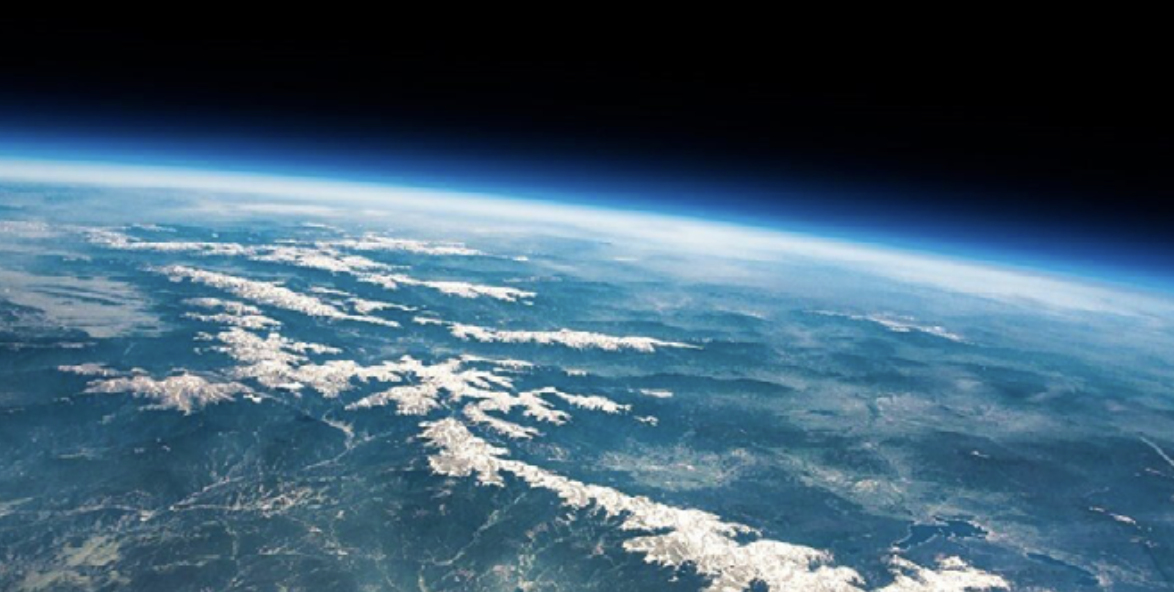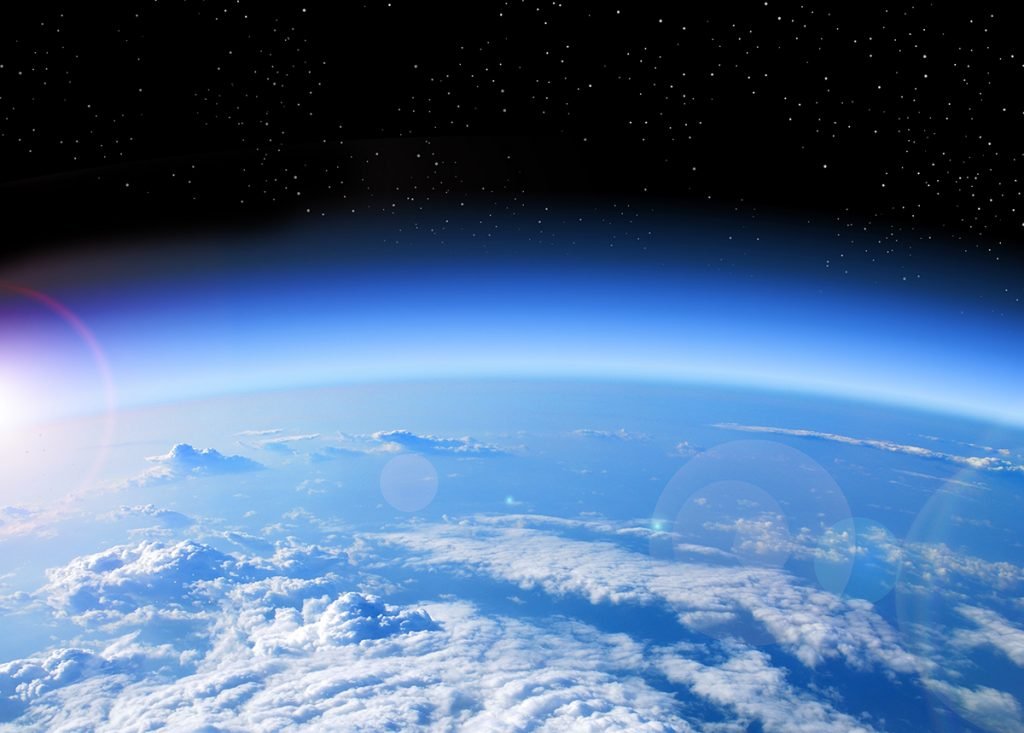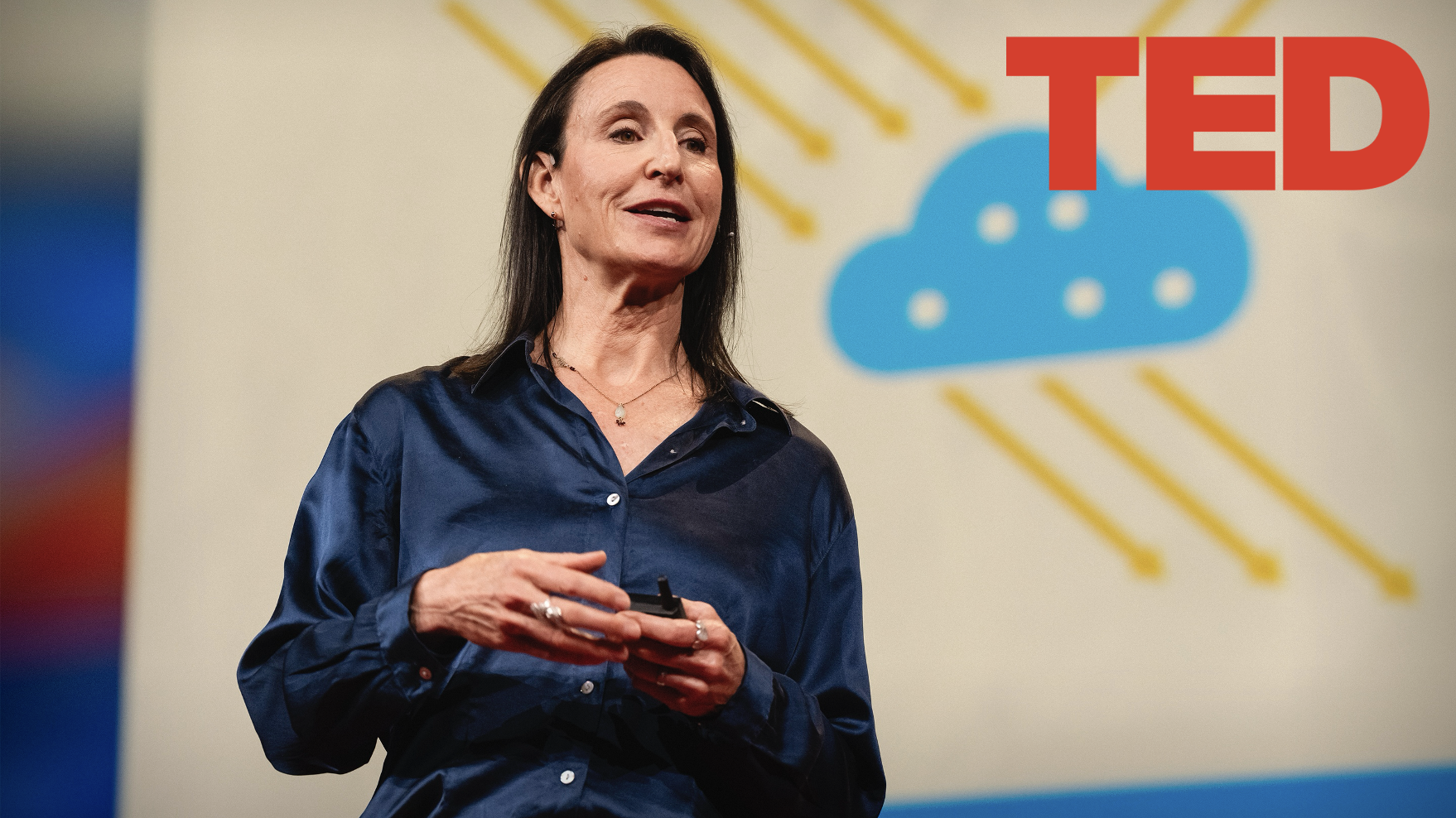SilverLining’s R3OC Rapid Response Observing Campaign
SilverLining Lighter-Than-Air Engineers prepare radio receiving equipment and scout for aerial measurements. Photo credits: Sarah Schubert and Dan Bowen
On December 18th, a volcano on Iceland’s Reykjanes Peninsula began an extended eruption. We are thinking of everyone impacted by the eruption and wishing for safety for residents, first responders, and the community. While the eruption is disruptive and dangerous, it is also a powerful natural experiment for the study of the effects of aerosols on clouds, atmosphere and climate.
Drawing on our experience supporting the Tonga volcano Rapid Response Observational Campaign, SilverLining developed the Reykjanes volcano Rapid Response Observational Campaign (R3OC) to gather atmospheric observations on this important natural event as well as to prototype and test rapidly deployable balloon-based observing systems. The scientific goal of R3OC is to provide researchers globally with critical data on the composition and dynamics of the emissions to support studies of the effects of this abrupt increase in aerosol emissions in the North Atlantic.
The Reykjanes volcano is emitting a large quantity of sulfur dioxide gas, which is likely to continue for several months, making it an unusually powerful case-study of sulfate aerosol formation and interaction with clouds. Sulfates are the main contributors to the aerosol cooling created by pollution, and this influence is one of the largest uncertainties in near-term climate change. The reduction of these sulfates as society reduces pollution poses an uncertain warming risk. Data from this abrupt volcanic event could help improve model projections of how pollution reductions might affect climate. The eruption takes place against the backdrop of a key area for global ocean-atmosphere circulation: the North Atlantic.
The North Atlantic has experienced multiple recent climate extremes. Unprecedented sea surface temperatures, for example, contributed to last year’s temporary overshoot of 1.5°C global warming. This ocean region is also associated with catastrophic impacts, such as extreme heat and intense floodings in Europe. There is increased attention to the role of aerosol cooling in the North Atlantic, with some recent warming likely attributable to a reduction in sulfur emissions from ships. Sulfur exhaust from shipping fuels contribute to the formation and brightening of marine clouds through aerosols which both directly and through their influence on clouds, reflect solar radiation back out into space. In 2020, the International Maritime Organization (IMO) imposed strict regulations on shipping, causing a reduction in this reflective effect.
Right now, SilverLining Lighter-Than-Air engineers Sarah Schubert and Dan Bowen are on the ground in Iceland preparing for the next eruption event, expected to take place in the next few weeks. Their preparations have included developing instrument packages and platforms, scouting locations to take measurements, and building relationships with local scientists and engineers studying the recent volcanic activity. Although there is significant uncertainty about the timing and magnitude of eruptive activity in the Reykjanes peninsula, this work is essential for closely observing this disturbance in the North Atlantic climate, and developing the capability to rapidly respond to future eruptions.
A similar eruption in Iceland in 2014 emitted more sulfur dioxide than the entire European Union over the same period, creating in effect “the world’s largest shiptrack” as the plume dispersed and mixed with clouds over the ocean. If the current eruption continues to evolve and persist, it will be a powerful natural experiment for understanding cloud-aerosol processes and how they might change in the future.
To quantify the effects of such an aerosol release, scientists need to measure two things: the amount of sulfur dioxide emitted and the changes in clouds over the ocean. Changes in clouds can be detected by satellite, but satellites struggle to accurately measure the amount of SO2 emitted by the volcano, particularly in the low-sunlight conditions of Arctic winter. As a result, measurements of sulfur dioxide have to be taken on location while the volcano is actually erupting.
To do this, the R3OC Campaign deploys navigable balloons that are equipped with specialized instruments that sample the atmosphere and analyze these samples, along with meteorological and operational instruments. The balloons are flown along trajectories recommended by the team’s atmospheric science collaborators and coordinated with partners taking ground-based measurements. The balloon and ground-based measurements will be combined to provide a rich dataset for analysis.
Because most institutions are challenged to mobilize quickly, SilverLining spearheaded this multi-institution collaboration in order to meet the moment. We are grateful to NOAA Chemical Sciences Laboratory, University of Houston, University of Exeter, University of Washington, and University of Iceland for their assistance in identifying and acquiring critical instruments, designing the observational strategy, and evaluating the data that will be collected.
Success for R3OC will mean that society has recent, large-scale, and well-characterized examples of both increases and decreases in aerosol-cloud interactions in the North Atlantic. With this much-needed empirical information, scientists will be able to advance understanding of the role of aerosols in shaping the cloud distribution over the North Atlantic region and related effects on climate. This, in turn, could help improve projections of the warming we might expect from future reductions in pollution and of the effects of analog climate intervention such as marine cloud brightening.
We asked SilverLining Lighter-Than-Air Engineers Sarah Schubert and Dan Bowen to share their experience on the ground in the first set-up and scouting trip.
01/08/2024 Rapid Response Dispatch: Setup and Scouting
The expedition begins! I arrived on December 28th and Sarah on January 3rd. Reykjavik is very dark but beautiful.
We’ve settled into the Airbnb in Reykjavik, which is now strewn with laptops and electrical parts, including a POPS that NOAA CSL was kind enough to lend to us.
We’ve also got an iMET radiosonde and have set up our sonde receiver and antenna.
On Friday night, Dan set up the antenna to catch the Icelandic Met Office’s midnight radiosonde.
Saturday was our big scouting day! We packed ourselves, the antenna and receiver, and some warm hats into a minivan and drove to southern Reykjanes. Some great scenery at Kleifarvatn lake and Seltun hot springs, both of which are also potential launch sites for aerial measurements.
We also found this inviting sign guarding Vigdísarvallavegur, the road north between highways 43 and 42. We briefly bottomed out in the snow on this road, but fortunately substantial expenses were not entailed.
We made it almost all the way to Grindavik, the town evacuated by Icelandic emergency services. It’s just visible in the background of this photo of Sarah tracking the Icelandic Met Office’s air sampling telemetry.
Each of these locations is a feasible launch site. We’d like to find more sites to the north of Grindavik to ensure we can stay within the plume, but those roads are rougher and may require an offroad vehicle.
All this adventuring is hard work, so we’ve taken some well-deserved off hours.
It’s amazing being in Iceland over the new year. They LOVE fireworks; the fire department sells them and everyone, including small children, just sets them off in the streets. Icelandic folklore says that on Þrettándinn (Epiphany, the twelfth night of Christmas), cows can talk and seals transform into humans, shedding their skins and dancing naked on the beaches. Sadly, no photos of these natural phenomena.














